Anxiety in a relationship often feels like a quiet storm that never fully passes. One moment, things are calm you feel connected, secure, and loved. The next, your mind is racing: What did they mean by that tone? Why didn’t they reply yet? What if they stop loving me?
If you’ve felt this, you’re not alone. Many people experience relationship anxiety, regardless of how strong their relationship is. It doesn’t mean you’re “broken” or that your love is doomed. Instead, it reflects how your nervous system, past experiences, and emotional patterns shape the way you bond with others.
Handling anxiety in a relationship isn’t about shutting off those feelings. It’s about learning how to soothe your inner world so that your thoughts and fears don’t take over your connection. With the right tools, anxiety can shift from being a constant source of stress to a signal for growth and deeper intimacy. If you are a girl you must know what do guys need in a relationship.
In this guide, we’ll explore what relationship anxiety looks like, why it happens, and the practical ways you can manage it both within yourself and alongside your partner. By the end, you’ll have strategies you can put into practice today, and a fresh perspective on how anxiety can actually strengthen your bond when handled with compassion.
What does relationship anxiety look like?
Relationship anxiety shows up in different ways depending on the person. For some, it’s obvious constant worry, frequent “what if” questions, and a need for reassurance. For others, it’s subtle overthinking small moments, feeling unsettled after your partner pulls away, or a quiet fear that the other shoe will drop.
Common signs include:
-
Overanalysing text messages, body language, or silences.
-
Needing reassurance about your partner’s love or commitment.
-
Fear of conflict because it might push them away.
-
Worst-case scenarios playing in your head (“What if they leave?”).
-
Physical symptoms like stomach knots, racing heartbeat, or restless sleep.
These patterns create a cycle: worry leads to seeking reassurance, reassurance brings temporary relief, but soon the fear returns often stronger than before. Over time, this can make even a healthy relationship feel fragile. Some time when a partner cheats the other one gets anxiety attacks after that.
Why does relationship anxiety happen?
Anxiety rarely comes out of nowhere. It’s often rooted in a mix of history, biology, and context.
1. Attachment style
If you grew up with inconsistent or unpredictable care, you may have developed an anxious attachment style where closeness feels wonderful but distance feels threatening. This can make you hyper-aware of any shift in your partner’s attention.
2. Past experiences
Heartbreak, betrayal, or abandonment in previous relationships can leave emotional scars. Even when your current partner is trustworthy, those old wounds can make you scan for danger.
3. Self-esteem and self-worth
When you doubt your own worth, it’s easy to believe your partner will eventually “realise” you’re not good enough. These thoughts fuel insecurity and worry.
4. Stress and nervous system responses
Sometimes, anxiety isn’t just about the relationship itself. Work stress, financial worries, or health concerns can put your nervous system on high alert, spilling over into how you interpret your partner’s actions. If you have anxiety in relationship you can have counseling as well but they are expensinve.
How can you manage relationship anxiety within yourself?
Managing anxiety is about calming both your mind and your body. When your nervous system is in overdrive, it’s not enough to simply “think positive” or reassure yourself with logic. You need tools that soothe your body’s stress response while reshaping the thought patterns that feed anxiety. Here are some evidence-based strategies to start with:
1. Notice and name your patterns
Anxiety loves to run on autopilot. Before you even realise it, you might be replaying the same conversation 10 times in your head, interpreting your partner’s silence as rejection, or predicting a breakup that hasn’t happened.
The first step is simply to notice the spiral. You don’t need to stop it right away just name it. Try saying to yourself:
-
“This is my anxious brain trying to protect me.”
-
“I notice I’m replaying this story again.”
By naming the pattern, you create distance between you and the thought. It’s not “truth” it’s an anxious response. This shift helps you regain a sense of choice in how you respond, rather than letting anxiety dictate the narrative.
2. Practice self-soothing
Relationship anxiety can feel overwhelming in the body tight chest, racing heart, shallow breathing. These physical signals tell your brain, “Something is wrong.” To interrupt the cycle, you need to actively send your nervous system the opposite message: “I’m safe right now.”
Some effective self-soothing practices include:
-
Deep breathing: Try the 4–6 breath (inhale for 4, exhale for 6). The longer exhale signals your parasympathetic system to calm down.
-
Movement reset: Take a 10-minute walk, stretch, or do light yoga. Moving your body helps discharge anxious energy and restore balance.
-
Journaling: Write down your fears exactly as they show up. Seeing them on paper makes them less overwhelming and often reveals patterns that aren’t based in reality.
Self-soothing isn’t about avoiding hard conversations with your partner it’s about calming your body enough that you can enter those conversations from a grounded place, not a panicked one.
3. Challenge catastrophic thoughts
Anxiety thrives on “what if” thinking: “What if they don’t really love me? What if this argument means the end? What if they find someone better?”
To challenge these thoughts, try a mini reality check:
-
Ask: What evidence supports this fear?
-
Ask: What evidence contradicts it?
-
Reframe: Is there a more balanced way to see this?
For example, if your partner hasn’t replied in two hours, anxiety might scream: “They’re ignoring me.” But the evidence might also include: They’re at work, they usually reply later, they told me they’d be busy.
By balancing the story, you reduce the power of catastrophic thinking. It doesn’t mean dismissing your fears it means grounding them in reality instead of letting imagination run wild. Or try affirmations for anxiety.
4. Strengthen your identity outside the relationship
Anxiety often grows when your sense of self becomes overly tied to your partner. If all your self-worth depends on how loved, wanted, or validated you feel, even small changes in their behaviour can feel devastating.
To ease this pressure, strengthen your identity beyond the relationship:
-
Reconnect with hobbies that make you feel alive.
-
Invest time in friendships and family bonds.
-
Pursue personal goals that matter to you.
The more solid you feel within yourself, the less you’ll depend on constant reassurance. This doesn’t weaken your relationship it makes it healthier, because you and your partner are showing up as two whole people, not half-selves clinging for stability.
5. Create rituals of calm
Anxiety is often about unpredictability your brain scanning for danger, uncertain of what’s coming next. Rituals provide the nervous system with a sense of safety and stability.
Some examples include:
-
Mindfulness practices: Just 5–10 minutes of focusing on your breath or body can anchor you in the present.
-
Yoga or gentle stretching: Connects mind and body, easing stored tension.
-
Sensory rituals: Soft lighting, calming soundscapes, or aromatherapy cues that tell your body it’s safe to relax.
-
Evening wind-down routine: Replacing “scrolling in bed” with a short meditation, journaling, or gratitude practice.
When repeated consistently, these rituals help train your nervous system to access calm more easily. Instead of waiting until anxiety hits, you build a foundation of inner steadiness that makes future triggers less intense.
Also read - can stress and anxiety cause vertigo
How can you manage relationship anxiety with your partner?
Anxiety doesn’t have to be faced alone. Your partner can be part of the solution but only if communication is clear.
1. Share your inner experience
Instead of bottling things up or lashing out, express your fears in a calm, non-blaming way:
-
“When you’re quiet, my mind tells me you’re upset. Can you reassure me?”
2. Ask for specific reassurance
Rather than vague “Do you love me?” requests, be concrete: “Could you let me know when you’ll be busy later, so I don’t worry?”
3. Balance reassurance with self-soothing
While it’s healthy to ask for reassurance, relying only on it can reinforce anxiety. Practice calming yourself and reaching out to your partner when needed.
4. Build safety together
Rituals like morning check-ins, weekly date nights, or even sending “thinking of you” texts can create steady connection points.
Silent neuroVIZR Pitch Placement (growth section)
This is also where tools that calm the nervous system play a vital role. While therapy, mindfulness, and communication build emotional safety, neuroscience-backed tools like neuroVIZR brain training app can help reset the body’s stress response at its root. By combining relationship work with nervous system regulation, individuals often find greater ease not only in love but across every area of life.
Final Thoughts: Moving forward with confidence
Anxiety in relationships is not a verdict it’s a signal. A signal to slow down, listen inward, and build patterns of safety. Whether you’re managing it alone or with your partner, the key is compassion.
You don’t have to eliminate every worry to have a healthy relationship. Instead, you learn to recognise it, soothe it, and move forward with love. Over time, the anxious cycle loosens its grip, and what’s left is connection a bond built on honesty, patience, and resilience.



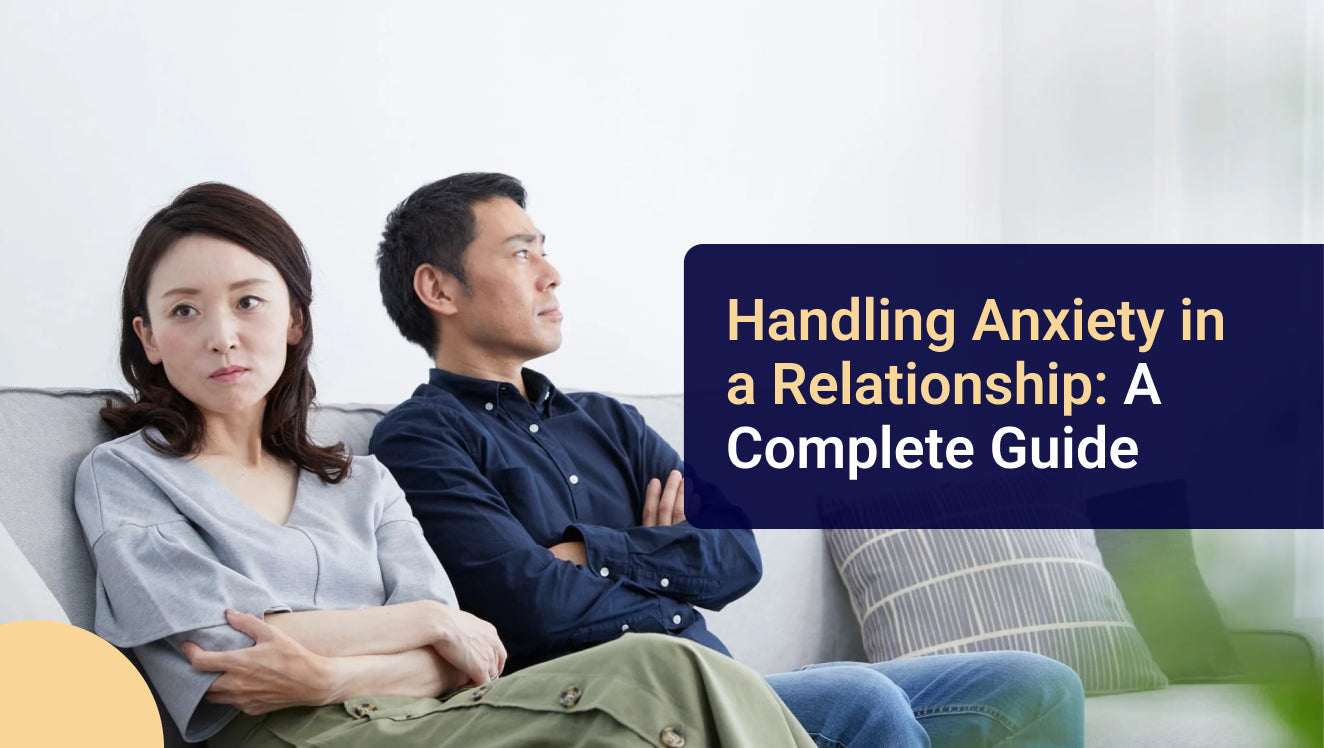









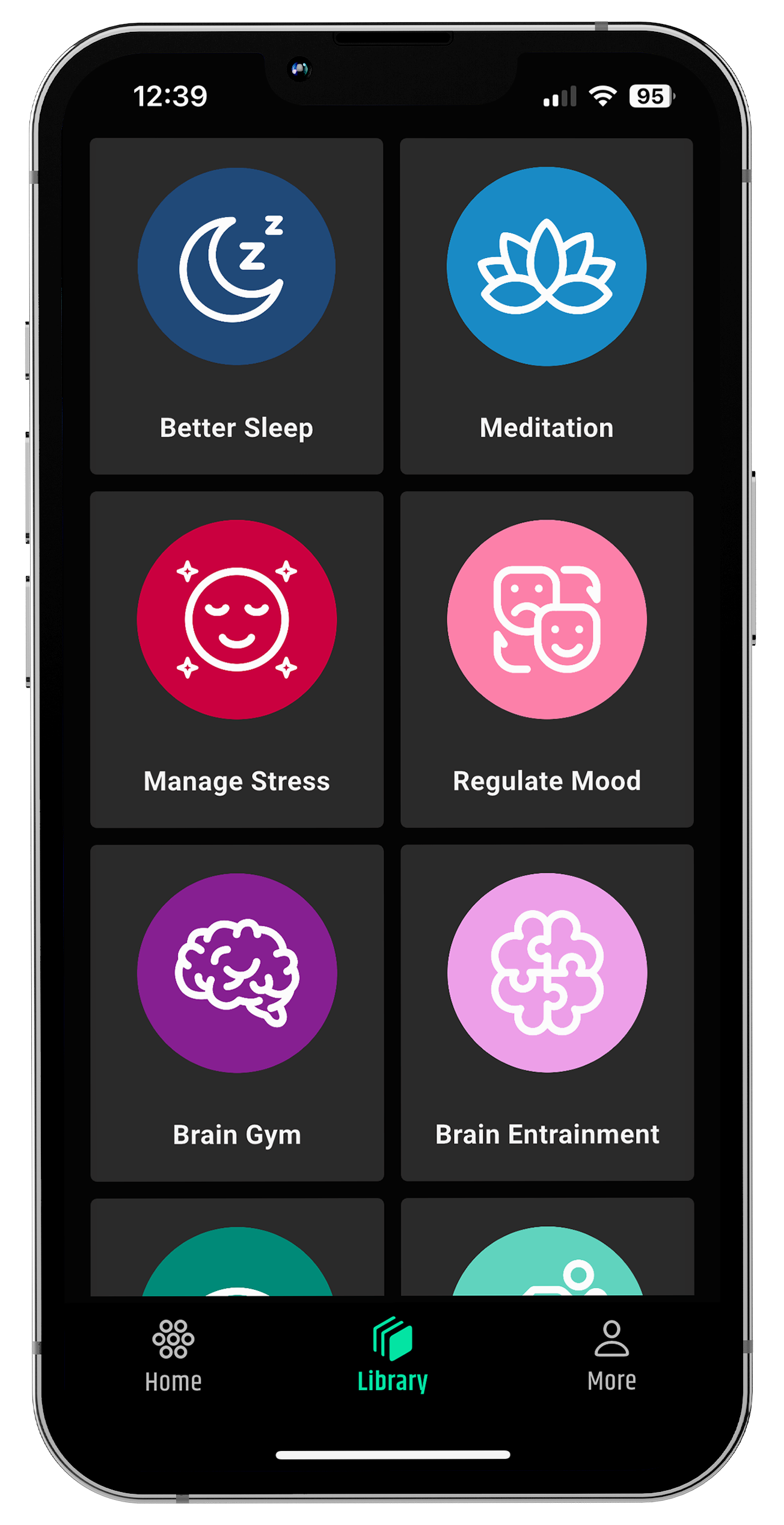
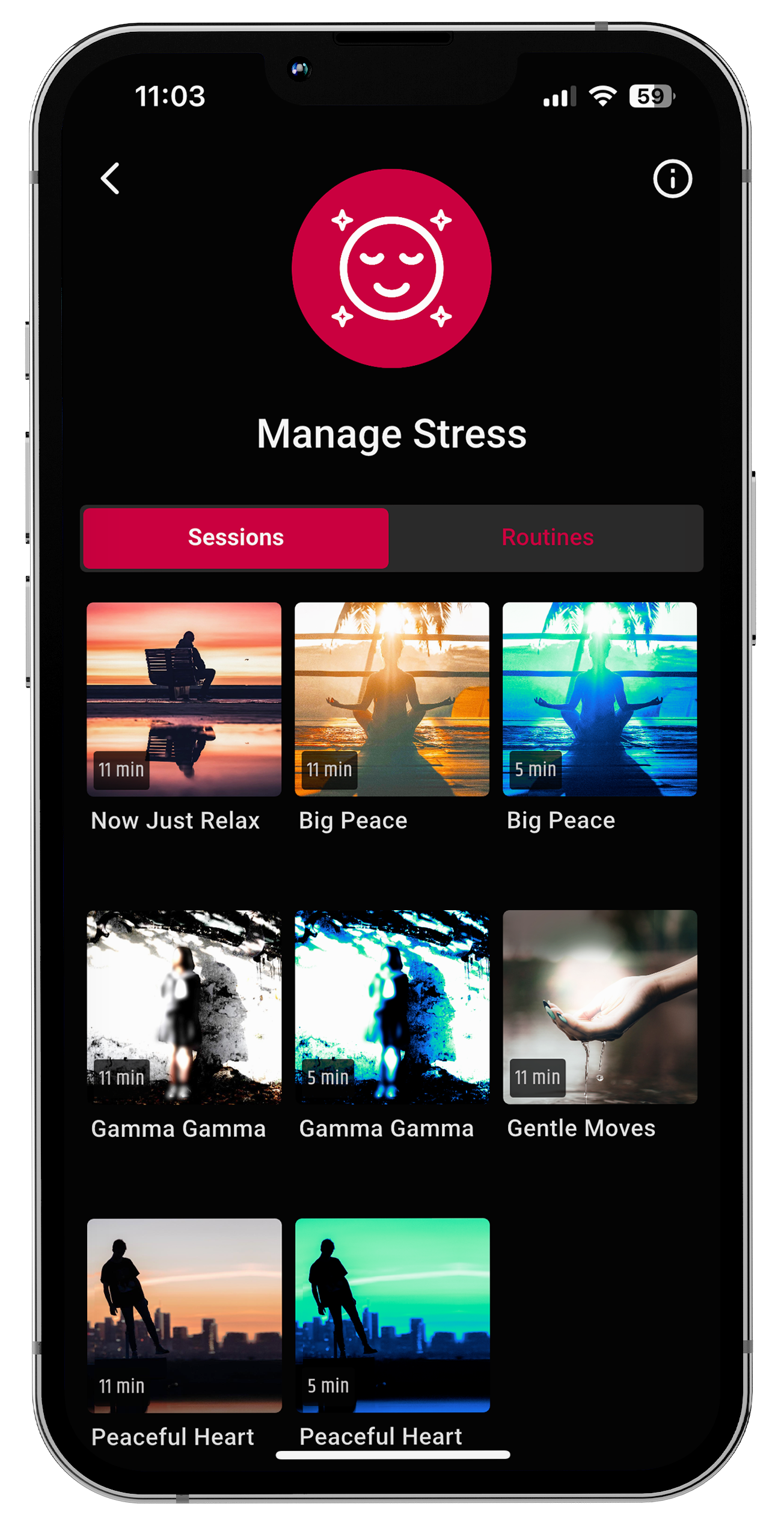
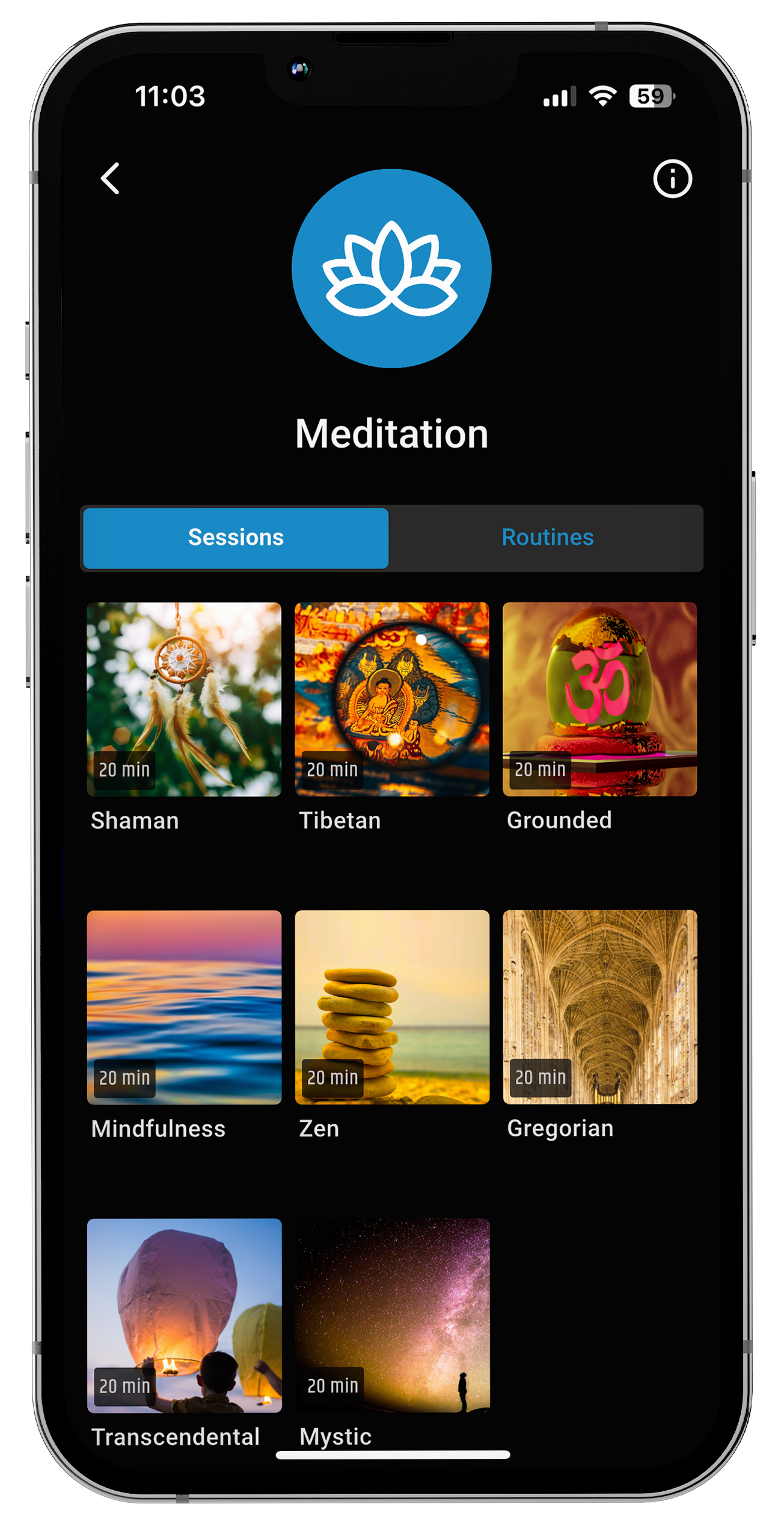
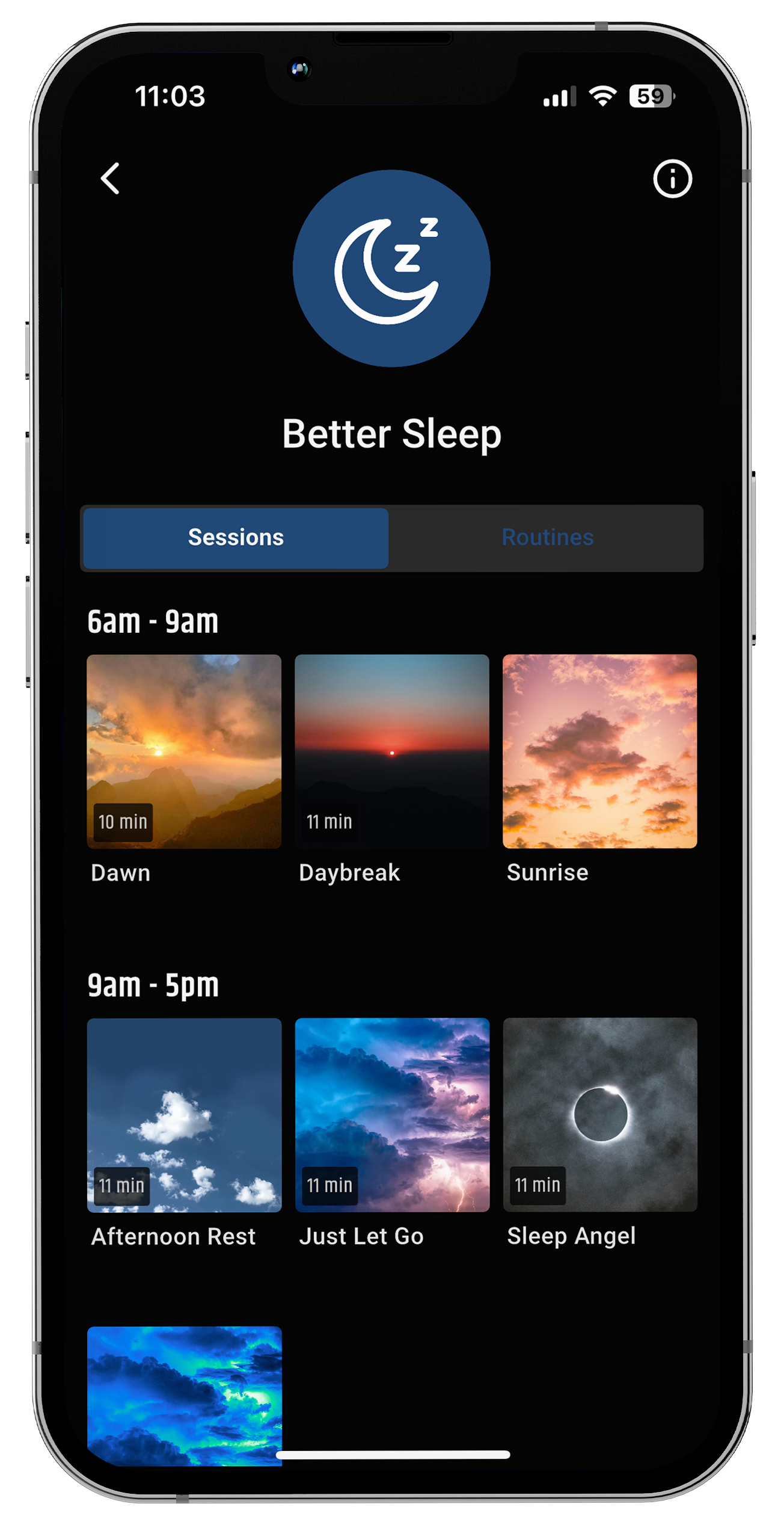
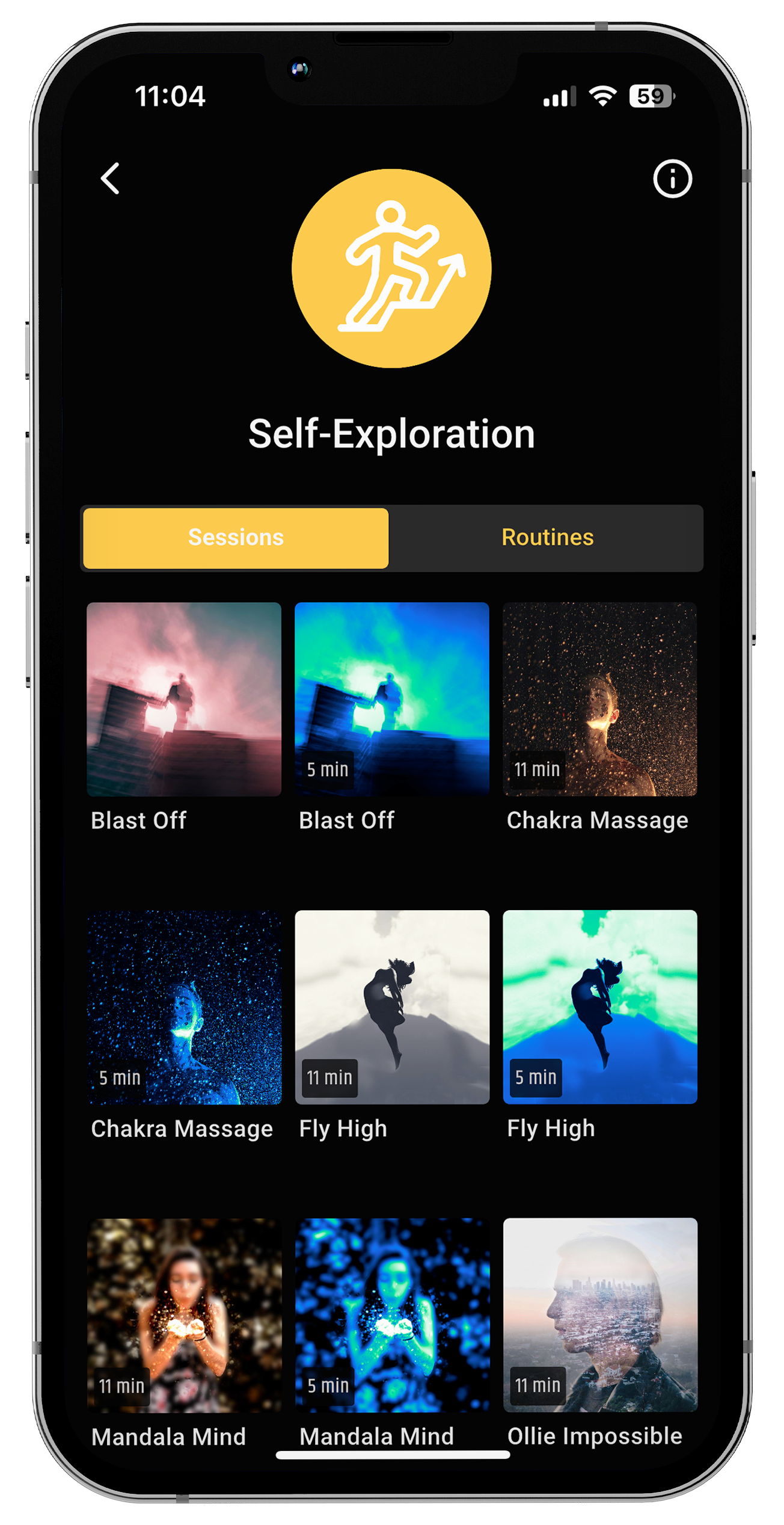
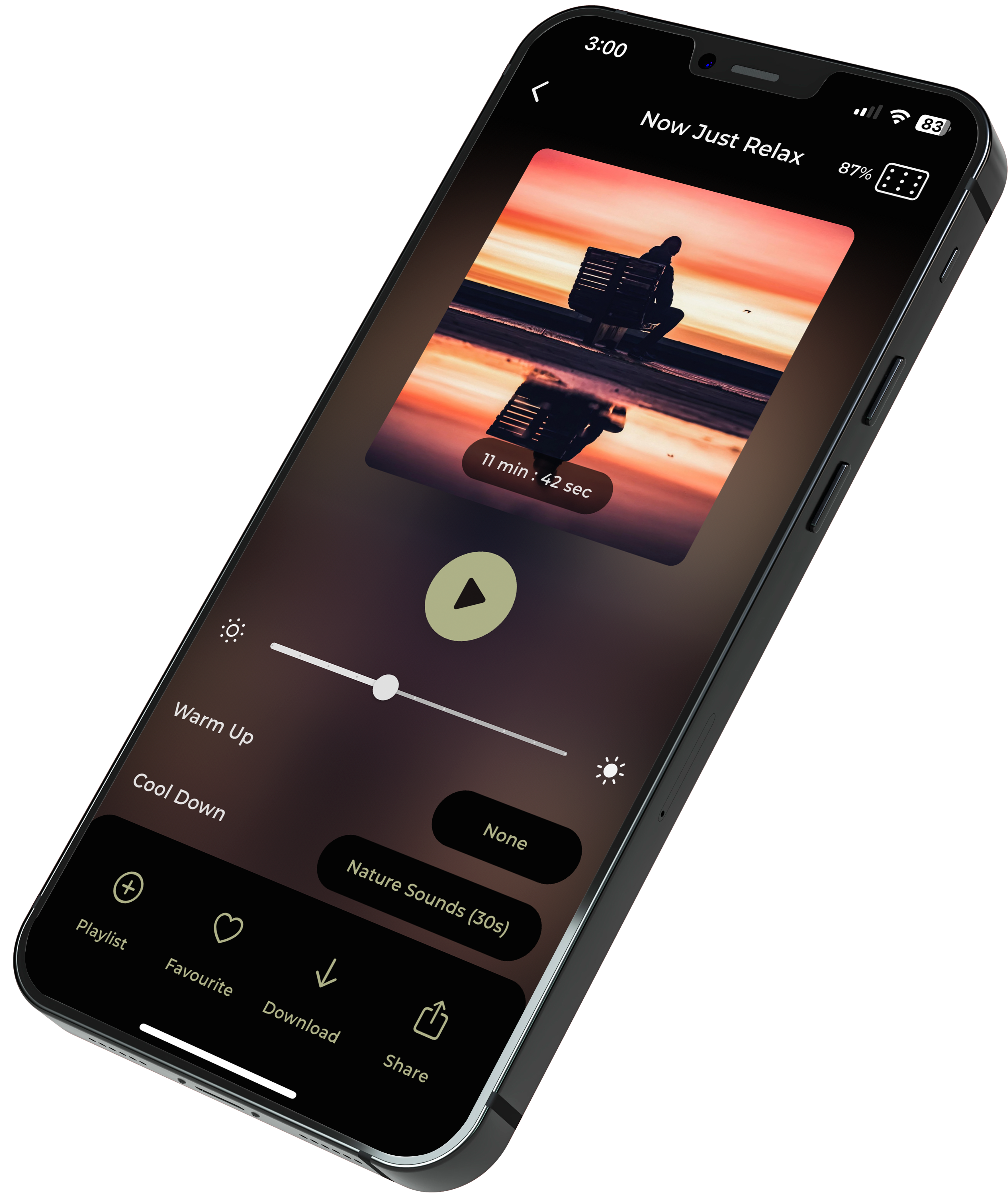







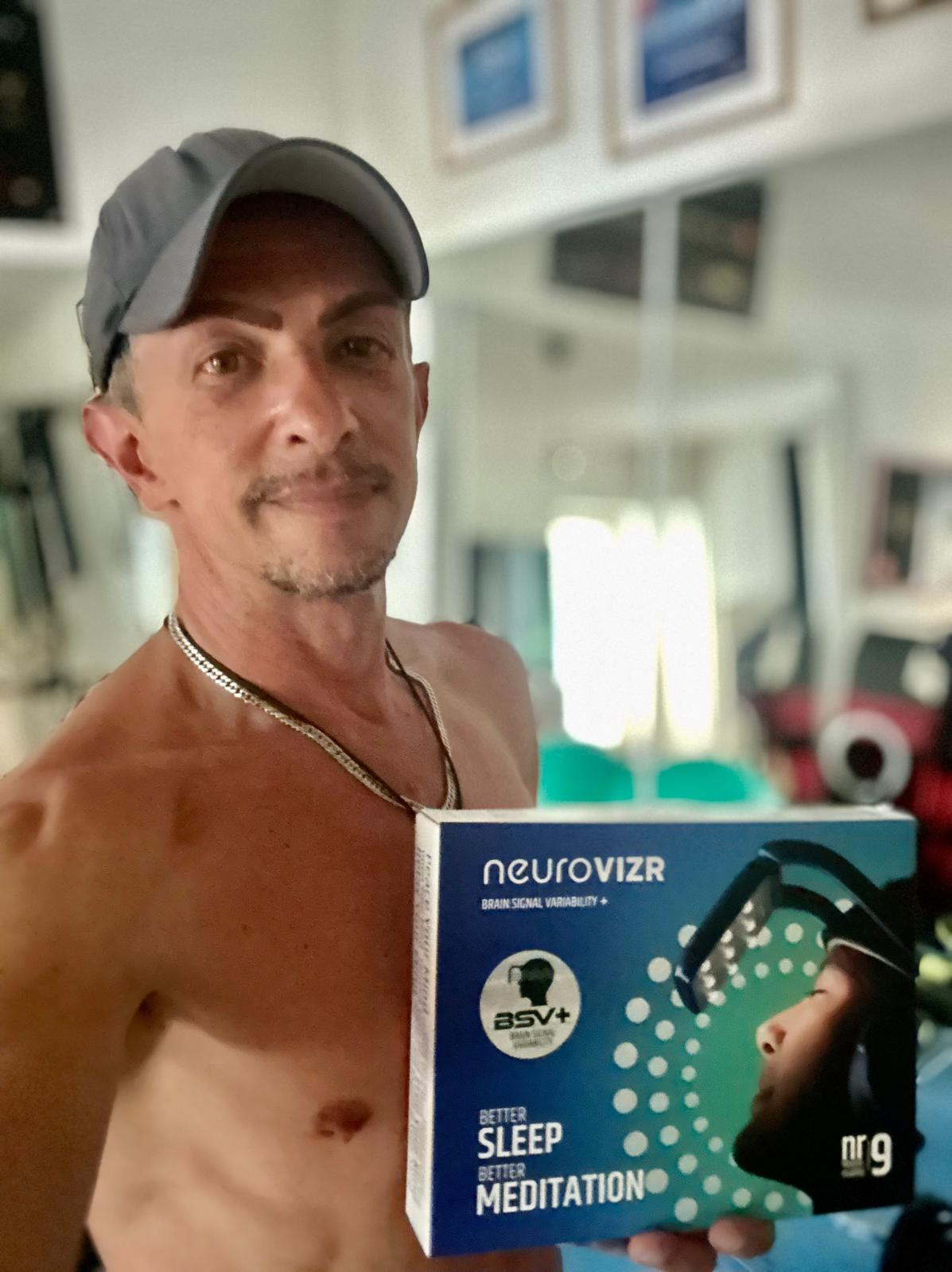
Share:
Can Stress Cause a Bleeding Nose? Exploring the Link Between Stress and Nosebleeds
Nocturnal Panic Attacks: Why Panic Strikes in Your Sleep and How to Cope